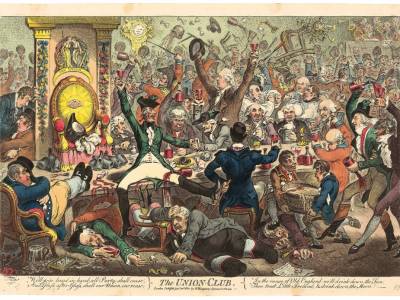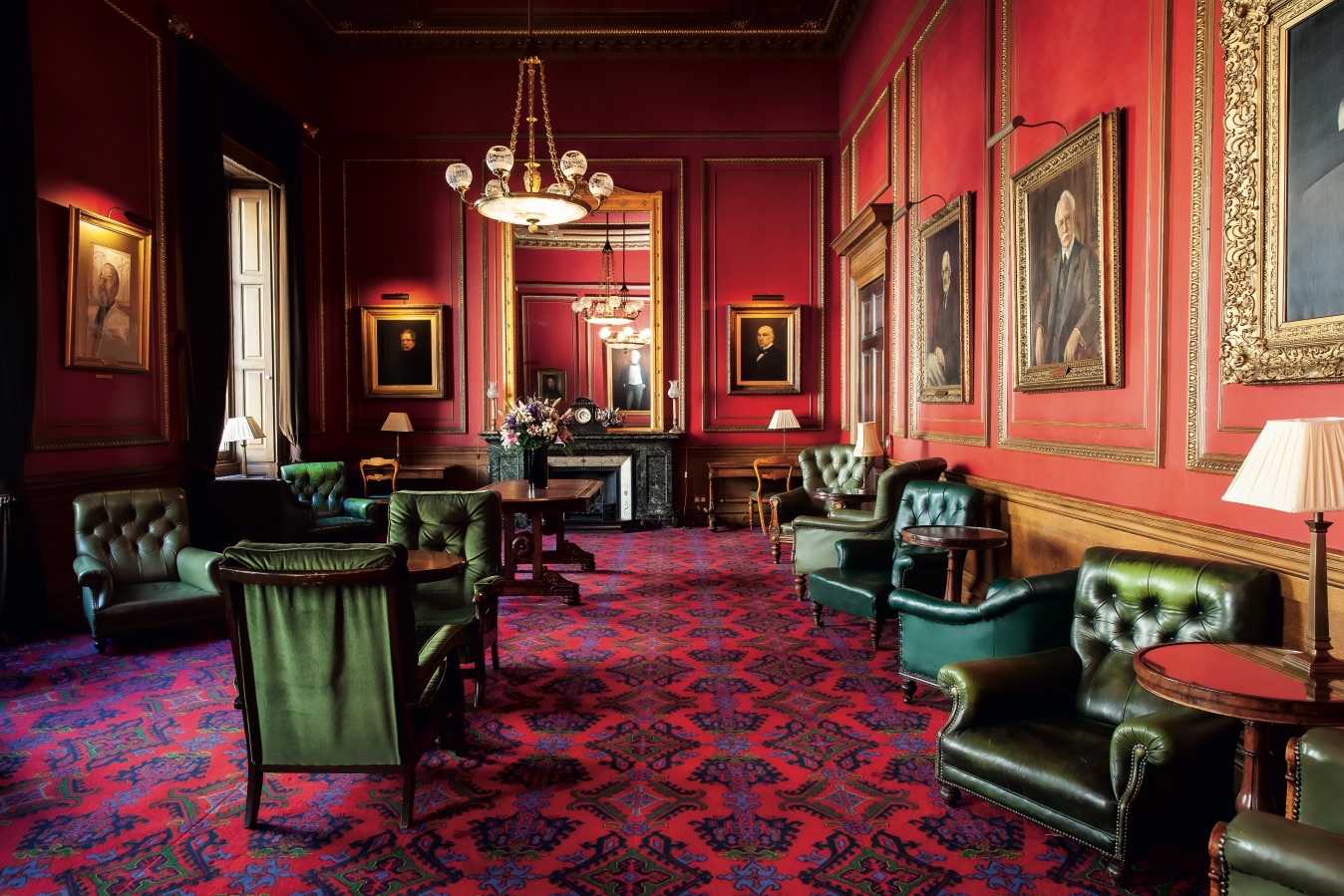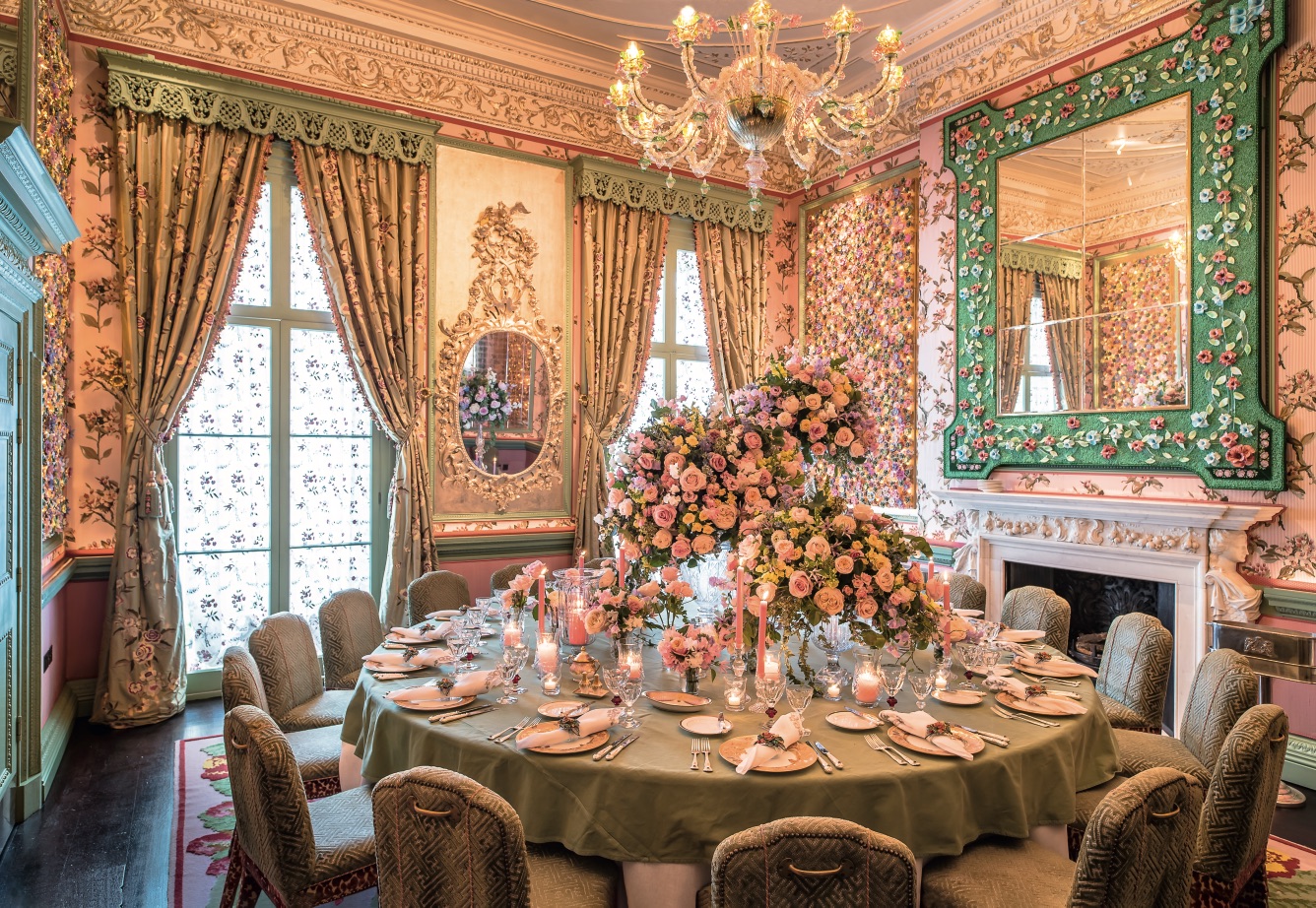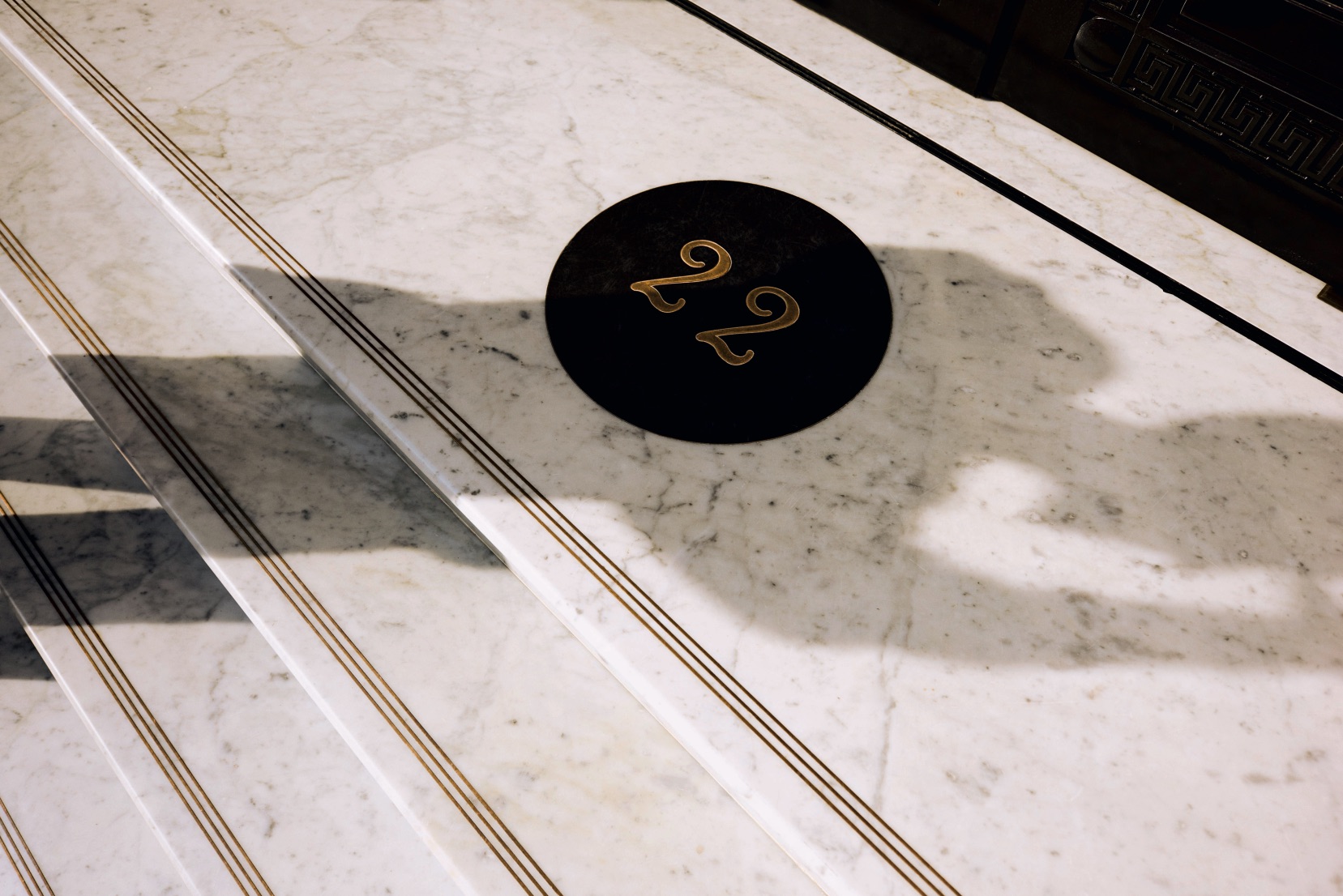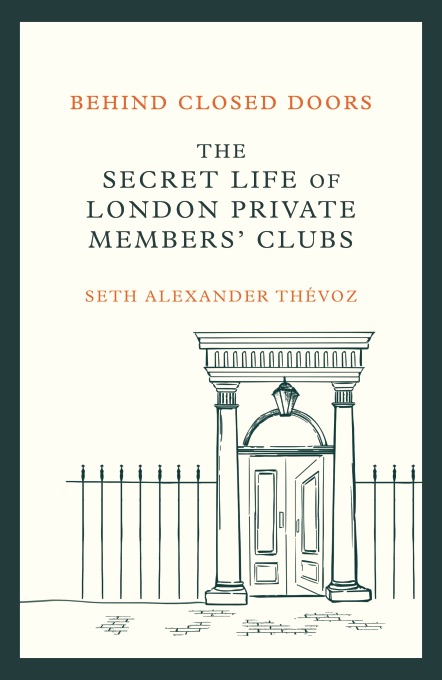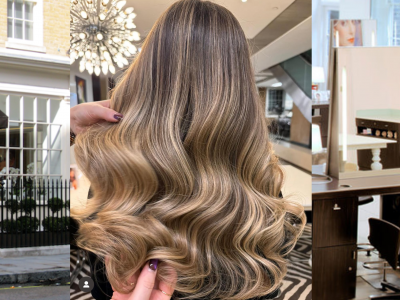TRADITIONAL CLUBS
The Reform Club
Founded in 1836 as the political headquarters of the Liberal Party. Today the Reform is politically neutral, yet remains true to its founding principles
67 Pall Mall
The 67 Pall Mall Group is a collection of Members’ Clubs devoted to fine wine.
The Oriental Club
The Oriental Club is an iconic Central London hub for those who have lived, worked or travelled in the East. The club is currently celebrating its 200 year anniversary with a host of Bicentenary events.
Marks Club
This beautiful Mayfair townhouse is a home from home for members with its attentive detail, cosy corners, and timeless elegance away from the hustle and bustle.
Clermont Club
Traditional club, reimagined as a chic casino.
National Liberal Club
The National Liberal Club offers its members and guests an oasis of calm elegance in the heart of Westminster. All that’s required for entry is a Liberal approach to life and politics.
Bath & Racquets Club
A private member’s squash and sports club from Mark Birley that differs qualitatively from the mass of health clubs in London.
The Garrick
Founded in 1831, this club is the beloved location of thespians and theatre professionals and boasts an unrivaled collection of theatrical manuscripts, drawings and paintings.
MODERN CLUBS
Groucho
Still the ultimate arts and media private club, in Soho.
5 Hertford Street
Party and networking central in Mayfair
Home House
Three Georgian townhouses with everything from hotel rooms, a gym, fantastic social spaces and an excellent itinerary of events.
Maison Estelle
This latest Mayfair private club has no website, camera phone lenses are covered upon entry, and membership is by word of mouth only.
Pavilion
The hottest spot for those seeking a modern, luxurious and refined setting for business and pleasure in the heart of the City and Knightsbridge
Twenty Two
The hottest private club in London now is bolted on to The 22 hotel in Grosvenor Square. Membership by invitation, or if you’re a guest of the hotel. Recent visitors include Jeff Bezos and Kendall Jenner.
Behind Closed Doors by Seth Alexander Thévoz, from all good booksellers
